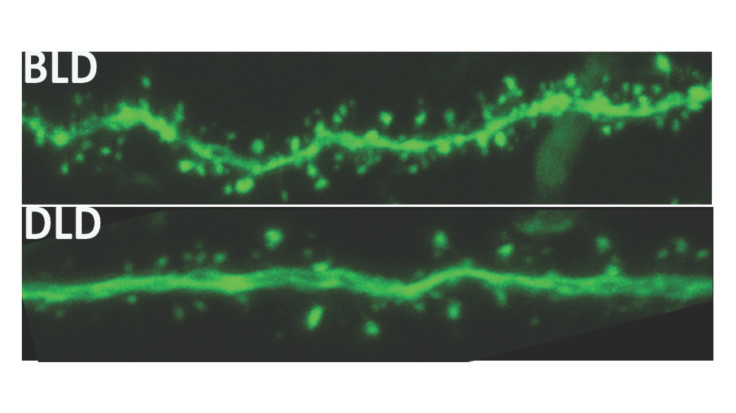Dim Light Affects Brain Negatively, Impairing Memory And Spatial Learning, Study Suggests

The positive effects of bright ambient light are well-known among humans, when it comes to improving cognitive function. A recent study reiterates the point by finding that dim lighting, by contrast, could negatively affect the functioning of the brain among diurnal species — those that are awake through the day and sleep at night — including humans.
Four researchers from Michigan State University (MSU), neuroscientists who authored the study, suggested “spending too much time in dimly lit rooms and offices may actually change the brain’s structure and hurt one’s ability to remember and learn.”
Nile grass rats were chosen as the test subjects for the research because they, like humans, are diurnal. One group of rats was put in low-light conditions and the other in brightly lit environs, each for a period of four weeks. The light was kept on only for 12 hours a day in both cases, with the 12 hours of night being spent in the dark.
“When we exposed the rats to dim light, mimicking the cloudy days of Midwestern winters or typical indoor lighting, the animals showed impairments in spatial learning. This is similar to when people can't find their way back to their cars in a busy parking lot after spending a few hours in a shopping mall or movie theater,” Antonio Nunez, psychology professor at MSU and co-investigator on the study, said in a statement Monday.
At the end of the four-week period, the first group of rats, who were kept in dim light and darkness, showed about 30 percent loss of capacity in their hippocampus — the region of the brain which is crucial for both short-term and long-term memory formation, as well as for spatial learning. The rats performed poorly on the Morris Water Maze, a spatial memory task.
The other group of rats, who were exposed to bright light during their waking hours, “showed significant improvement” on the same spatial task. And even rats from the first group recovered their brain capacity fully after spending another four weeks in bright light conditions (with a month-long gap in between the two four-week periods).

Joel Soler, the lead author of the study and a doctoral graduate student at the university, explained this happened because of a causal link between the intensity of light and two things, one called the brain derived neurotrophic factor and the other called dendritic spines. BDNF is a peptide (a short chain of amino acids, essentially protein) responsible for maintaining healthy neurons and connections in the hippocampus and the spines allow the neurons to connect to each other.
“Since there are fewer connections being made [in dim light], this results in diminished learning and memory performance that is dependent upon the hippocampus. In other words, dim lights are producing dimwits,” Soler said in the statement.
The researchers are now looking at whether another peptide, produced in another part of the brain — the hypothalamus — could reverse the effects of dim illumination. The findings could prove important for people with cognitive and retinal impairments, the researchers said.
The research appeared in the journal Hippocampus, in a paper titled “Light modulates hippocampal function and spatial learning in a diurnal rodent species: A study using male nile grass rat (Arvicanthis niloticus).”
© Copyright IBTimes 2025. All rights reserved.



















